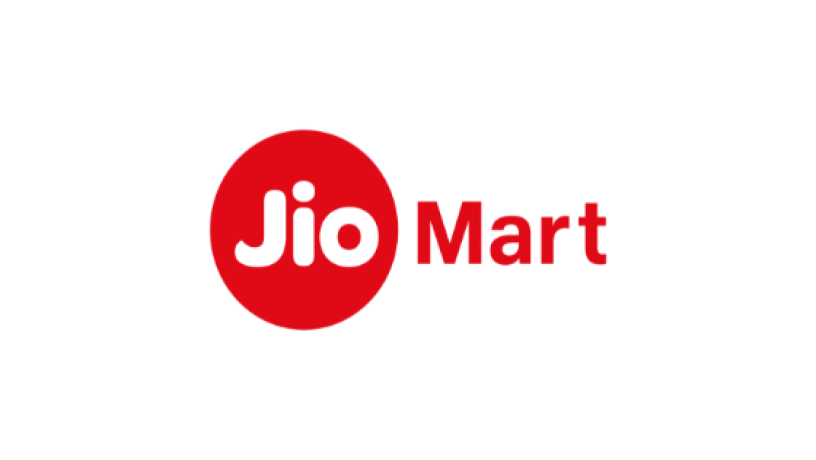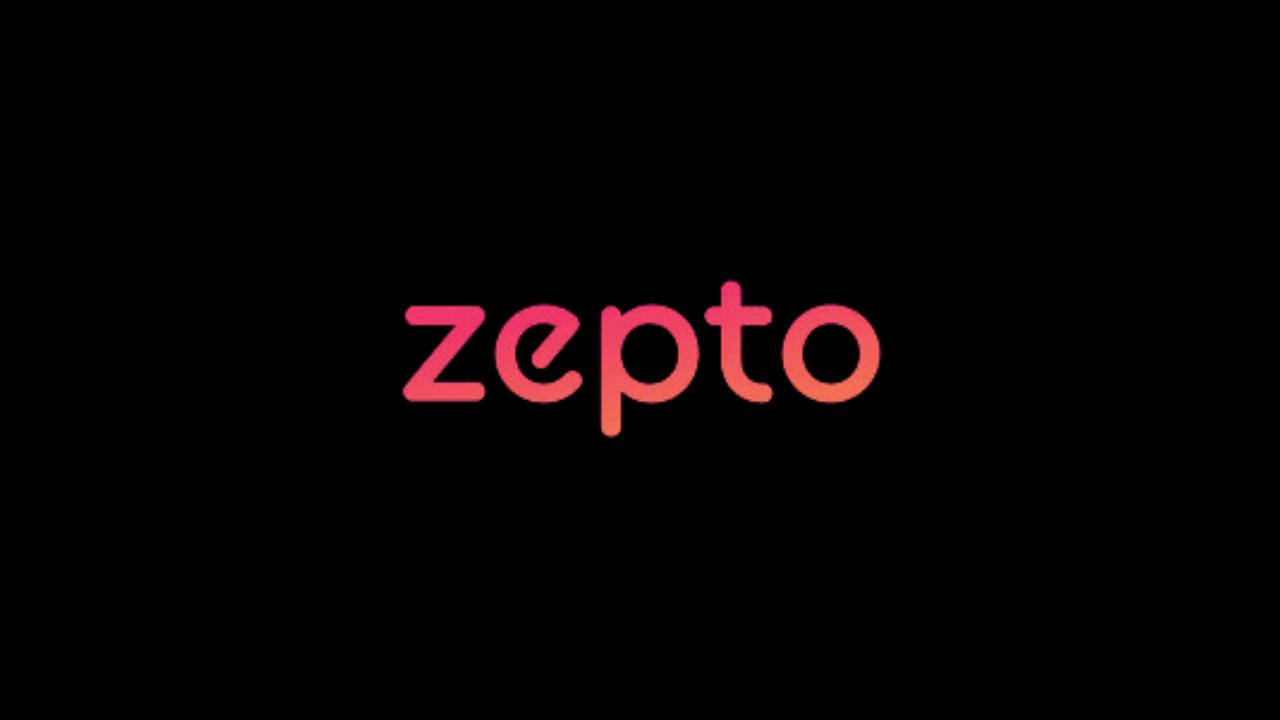Introduction
Tata Motors is India’s largest-selling commercial vehicle manufacturer and is amongst the top three in the passenger vehicles market. Tata Motors manufactures a wide range of cars, sport utility vehicles, trucks, buses, and defense vehicles. The business model of Tata Motors involves its business plan, revenue model, its competitors, SWOT Analysis and many more.

Tata Motors is a flagship company of US $113 billion Tata Group. It is holding a market leader position among top manufacturers of passenger vehicles and commercial vehicles in India.
Business plan
Tata Motors is developing several low-carbon business models outside automobile manufacturing. Tata Motors has segments that are tailored to serve commercial, service, automobile, and commuter markets around the globe.
Revenue model
Tata Motors has partnered with different NBFCs and private and public sector banks to provide its commercial vehicle customers with a wide range of financial offerings. This tie-up is beneficial for both new and pre-owned vehicle customers. Through these partnerships, Tata Motors is able to provide financial offerings to customers such as purchase assistance, aggregate financing, fuel financing, and service cost financing.
Financial Revenues includes interest income earned from financing transactions income by leasing vehicles to customers.
Competitors
There are several brands in the market which are competing for the same set of customers. Below are the top 12 competitors of Tata Motors:
1. Honda Motors
2. Toyota Motor Corporation
3. Nissan Motors
4. Chevrolet
5. Fiat
8. Hyundai Motors
9. Skoda Auto
10. Volkswagen
11. Volvo
12. Ford Motor Company
Products
The most sold and efficient products, Tata motors has been providing to the market. Here, is the list of the products:
- Tiago
- Safari
- Harrier
- Nexon
- JAGUAR
- LAND ROVER
- RANGE ROVER
- Starbus
SWOT Analysis
Strengths
1. India’s second-largest carmaker: Tata has 14% of India’s automotive market share while Mahindra & Mahindra has a market share of 7.40%.
2. Broad market reach: Tata Motors has a presence in over 125 countries, with a worldwide network made up of over 8,800 touch points.
3. Agility and flexibility: Tata Motors’ commercial vehicle (CV) segment’s growth is ahead of its competitors with a 9% market share in the commercial vehicle (CV) segment.
4. Brand recognition: Since 2021 Tata has consolidated sales while establishing itself as the best-performing EV car manufacturer in India, powered by sales from its flagship Nexon EV.
5. Innovative and dynamic business approach: Turnaround in its domestic passenger segment since 2018 driven by focusing on four vehicles – Nexon, Harrier, Altroz and Tiago, which in 2021 contributed up to 60 percent of the vehicle manufacturer’s sales.
6. Production of future-ready vehicles: Tata launched an all-new range of BS6-compliant vehicles across its CV segment in FY21. BS-6 is an emission standard set by India’s government to curb pollution. Tata is also pioneering the production of electric and hybrid buses and has already delivered 645 e-buses to date.
7. Revamped production line: The company has changed its practice of developing specific platforms for every vehicle model. It now has two platforms that have seen it streamline manufacturing while reducing development and manufacturing costs.
8. Diversified products and services
9. Digital marketing and growth in car sales: Tata launched its ‘Click to Drive‘ digital sales platform in 2020 enabling customers to select and purchase vehicles remotely and at their convenience.
10. Strong focus on quality and safety: Tata has shifted its focus towards first-rate quality in product development and manufacturing systems bringing on board global suppliers to improve the car maker’s quality standards.
11. Good market capitalization: Tata Motors’ share price has more than tripled in the past year, with a market capitalization of $16.7 Billion by Oct 2022. This is an indicator of continued confidence among investors.
Weaknesses
1. Greater operational costs and a lower rate of profits: Though the company has the acquisition of brands like Jaguar and Land rover which were successful in the initial years it made the company more dependent on its subsidiaries. This resulted in a decrease in the overall sales and profits of the company from the last five years.
2. Jaguar Land Rover challenges
- Jaguar Land Rover segment has been challenged for some time. In FY22, the company reported a decline in 14% in retail sales.
- In 2021, Tata Motors reported a Q4 loss of more than $1 billion for its FY2020/21 while also writing off $2.1 billion related to its overhaul of the UK-based luxury brand business.
3. No Foothold in Luxury Segment:- Tata Motors is still struggling to find a strong foothold in the luxury market, where profit rates are more.
Opportunities
1. CNG powered vehicles: Tata Motors has invested heavily in CNG-powered vehicles, a move which is beginning to reap rewards. Demand for CNG-powered CVs rose sharply earlier in 2022 due to increases in diesel prices, making CNG a more attractive option compared to diesel. Overall, CNG so far has accounted for almost 16% of all CV sales for FY22 compared to 3.4% in FY21 within the Tata Motors portfolio.
2. Hydrogen fuel cell technology: The vehicle manufacturer has also invested in Hydrogen fuel cell technology which is still in its infancy. Government incentives are expected to reduce running costs for these vehicles, making them more attractive as a mass transport option.
3. Electric vehicles: Tata Motors has registered a staggering 353% percent volume growth in the electric vehicle segment, and there is still room for further growth.
4. Domestic market growth: Combined with an improvement in per-capita GDP and purchasing power parity, Goldman Sachs expects India to hit the “sweet spot of car ownership”.
5. Improved business environment: Demand for Medium & Heavy Commercial Vehicle has improved during the post-lockdown phase owing to India’s economic recovery as well as the Government’s increased focus on the construction and mining industry.
6. Expand its luxury segment: Opportunity exists within the luxury vehicles segment as proven by strong double-digit luxury vehicle sales in India recorded in first half of 2022.
7. Emerging markets: India is promising to be an important emerging market for vehicles. Tata Motors has already taken the cue and recently opened 70 new sales outlets in the region.
Threats
1. Strong market competition: Tata Motors admits it is experiencing stiff competition from domestic and foreign automobile manufacturers who have been attracted by India’s burgeoning automotive market. International competitors are especially potent and bring with them advanced technology, significant financial resources, and international experience.
2. Cybersecurity threats: In June 2021, The Business Standard reported that cybersecurity researchers in India had discovered a malicious free gift campaign disguised as an offer from Tata Motors. The malware was used to collect users’ data and is believed to have been carried out by China-based hackers.
3. Slowdown in demand for its products: Decreases in per capita income and disposable income levels globally due to the pandemic and post-recession can negatively impact Tata’s overall car sales.
Mergers
Tata Motors has acquired around 103 direct and indirect subsidiaries, as well as ten associate companies, three joint ventures, and two joint operations spread across India and abroad. Key subsidiaries include Jaguar Land Rover, Daimler Company, Tata Daewoo, and Tata Hispano.
In addition, the company has joint ventures with Cummins, Fiat, and Daimler Benz.
Conclusion
Tata Motors is the world’s leading automobile manufacturing company. The company has a recognized status in the motor industry with their esteemed market value, distribution network, and strong research and development.




